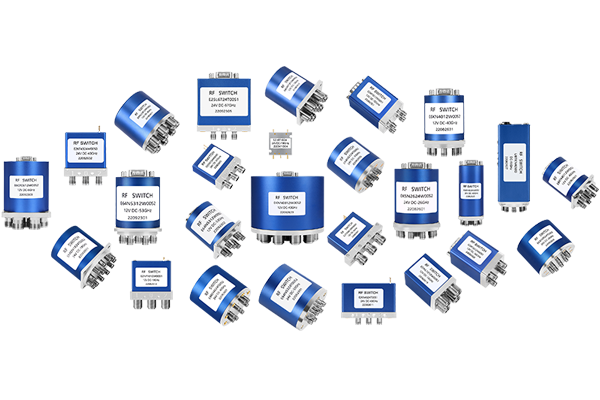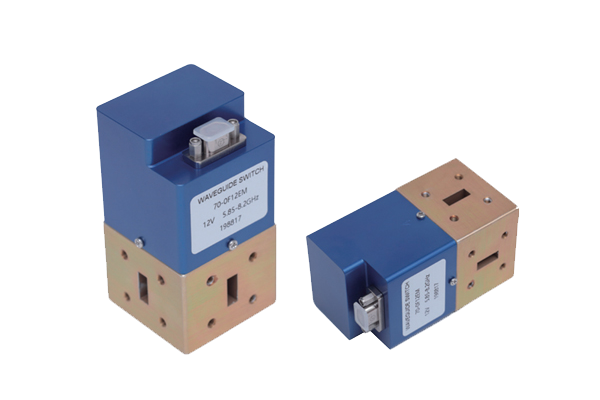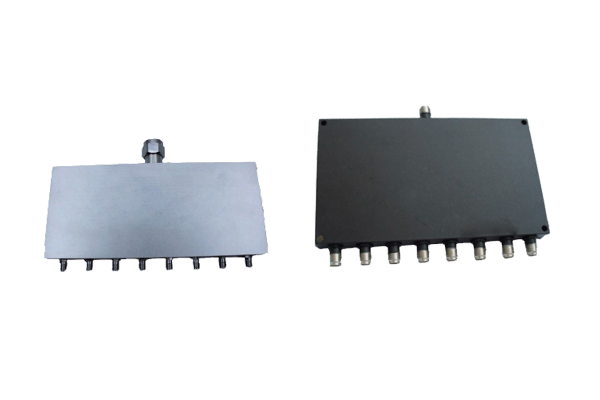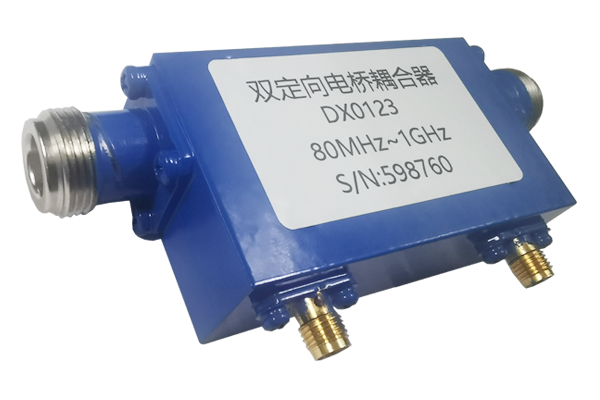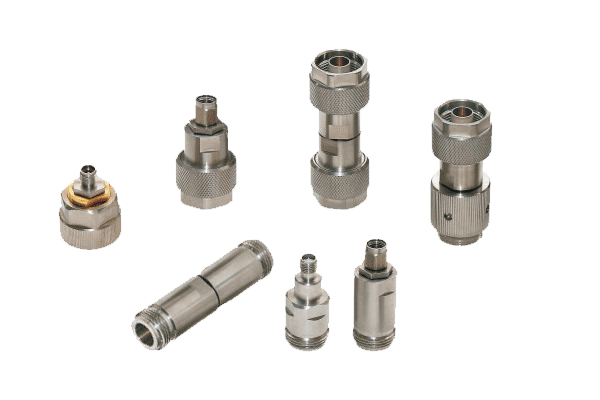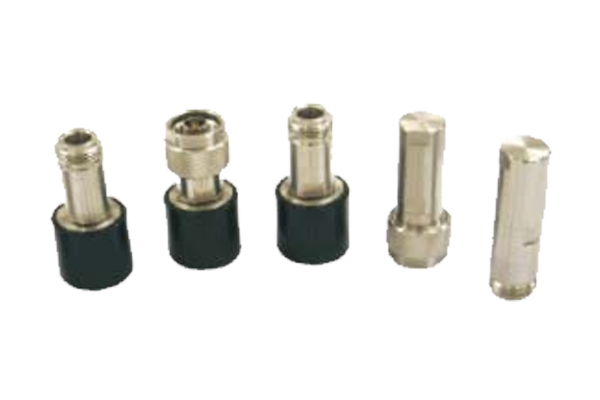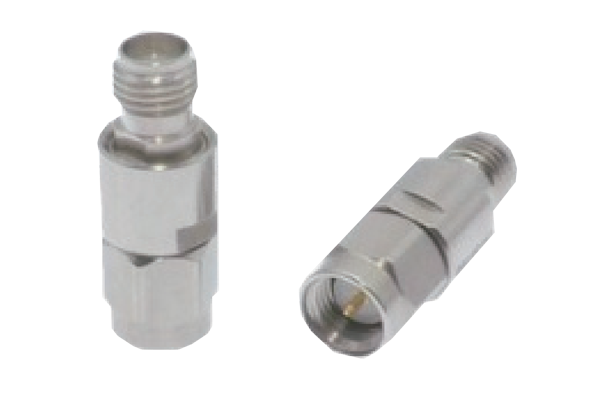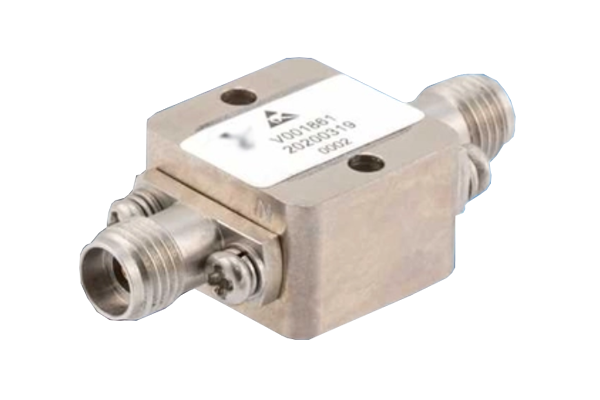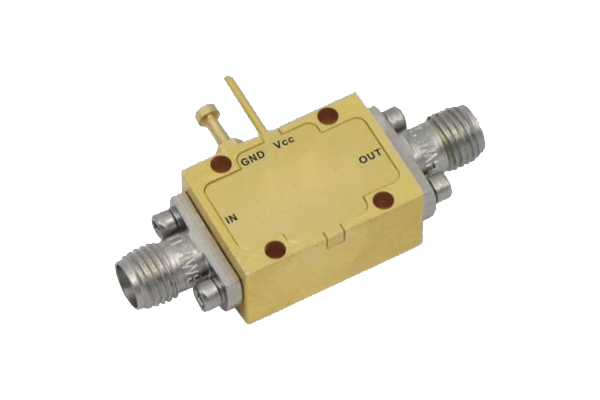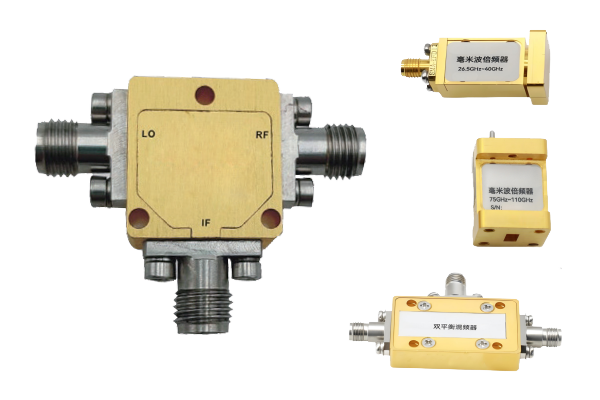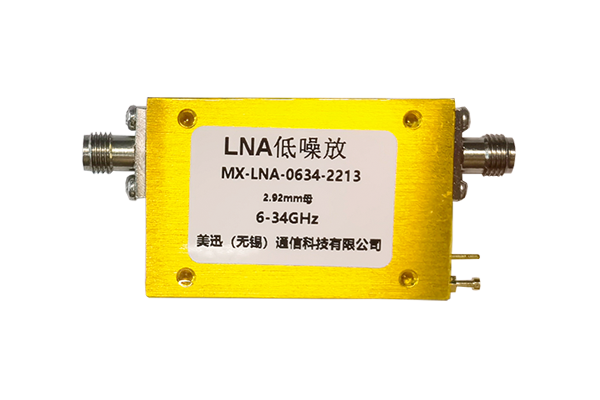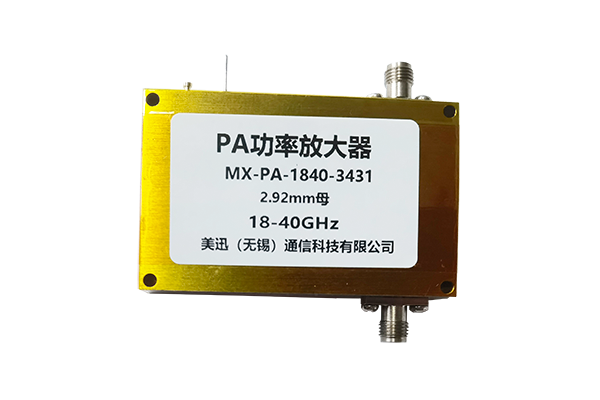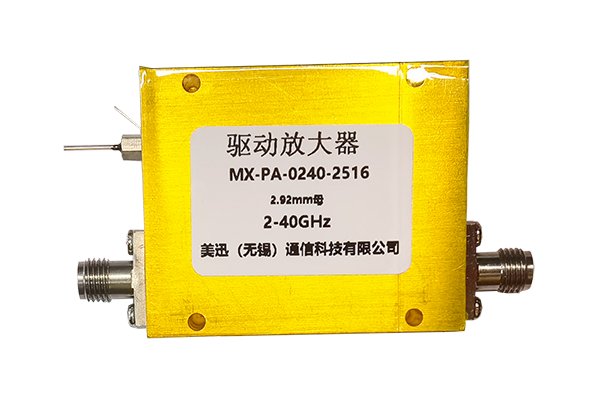Is the output impedance of RF Low Noise Amplifiers stable
The output impedance of RF Low Noise Amplifiers is indeed highly stable, as this characteristic is a core design priority for ensuring reliable signal transmission and system compatibility.
High-Quality Component Selection
- Specialized RF transistors with consistent electrical characteristics across operating conditions
- Passive components chosen for low temperature coefficients and minimal parameter drift
- Component-level consistency prevents random fluctuations in output impedance
- Lays the groundwork for reliable performance in RF Low Noise Amplifiers
Advanced Circuit Design Techniques
- Precision impedance matching networks lock output impedance to target values
- Negative feedback loops counteract deviations and suppress impedance variations
- Balanced circuit topologies minimize impact of common-mode interference
- Load isolation designs prevent load variations from affecting output stage
Temperature & Environmental Compensation
- Thermal compensation circuits adjust biasing currents to offset temperature effects
- Counteracts natural drift of semiconductor and passive component parameters
- Shielding and decoupling measures protect from electromagnetic interference
- Maintains consistent output impedance in RF Low Noise Amplifiers across diverse conditions
Satellite Communication
Maintain consistent output impedance to ensure efficient signal transfer between stages
5G Base Stations
Minimize signal reflection and optimize system gain through stable impedance
IoT Devices
Retain impedance stability under varying signal loads and environmental conditions
Overall, the combination of premium components, feedback-based circuit design, and environmental compensation ensures that RF Low Noise Amplifiers deliver highly stable output impedance. This stability is a critical enabler of reliable, consistent performance in complex, dynamic environments.



